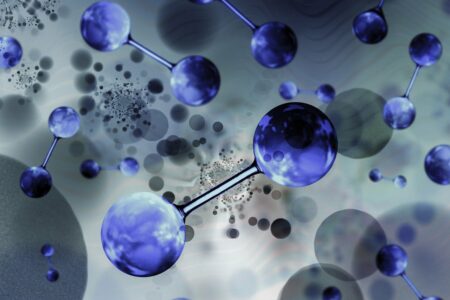Guillermo Giralt, Cauchari’s technical director, mentioned the development of the Jujuy project, which entails the installation of a 100-megawatt solar power plant and 20-megawatt batteries to provide stability to the hydrolyzation system, which would generate about 3,000 tons of green hydrogen per year, noting that the investment for the first phase in the development of this technology is $150 million.
“The gasoline generated would cost less than $3 per kilogram and is now being sold on the international market for between $9 and $10 per kilogram. Revenues of more than $30 million per year would be produced by the proposed factory, implying that the investment would be repaid in five years,” the government stated.
In addition to manufacturing green hydrogen, this technique will yield surgical oxygen, which may be utilized in hospitals, industry in general, and the metallurgical and mechanical metal sector in particular.
He added that the surface required for the building of this future plant is similar to Cauchari 1, noting that Jujuy presently has Cauchari 1, 2, and 3 with 315 megawatts installed and providing clean energy, occupying a total area of 800 hectares.
He also mentioned that the mining businesses in the La Puna area may utilize green hydrogen instead of methane to evaporate water during the lithium extraction process. “If this substitution is successful, mining production can become an environmentally friendly and green process.”
He went on to say that, as the project progresses, energy generated by hydrogen gas turbines would be sold at night, and that because the transmission lines in the area are saturated during the day, they will be free at night, allowing for the generation of up to 700 megawatts of power. Because it is solid energy, this sort of energy would steady the transmission line and potentially supplant non-renewable power from fossil sources.
“This is consistent with CAMMESA’s goals, which include reducing the generation of some plants that utilize diesel oil (because of its high cost) and methane gas (related to its scarcity) by switching to a different fuel, such as hydrogen. green).”
The Puna de Jujuy has a lot of potential for producing green hydrogen at a reasonable cost; 10,000 hectares have been identified as being accessible and ideal for it. Taking advantage of the cheap cost of generating solar energy in La Puna, the province plans to develop more than 1,000 megawatts of photovoltaic solar energy in consecutive phases of the green hydrogen project to create 400,000 tons of green hydrogen each year. (between 15 and 20 dollars per megawatt), creating green hydrogen, presently below 3 dollars per kilogram, and in five years below 2 dollars per kilogram, a highly competitive value globally, given that it is currently offered at 9 / 10 dollars on the international market.
Finally, he stated that the production of green hydrogen is in line with Governor Gerardo Morales’ six-year-old policy of zonal technological development in renewable energies, which aims to develop the local economy, train zone personnel, and promote sustainable activities that provide education and employment to the province’s communities.
Guillermo Giralt was one of the presenters at the National Economic Council’s Hydrogen 2030 National Meeting in Bariloche, which was attended by various governors, including the governor of the province of Jujuy, Gerardo Morales. National authorities and embassies from Japan and South Korea were also in attendance, as both countries are global leaders in the automobile sector and have vehicles that operate solely on hydrogen.








